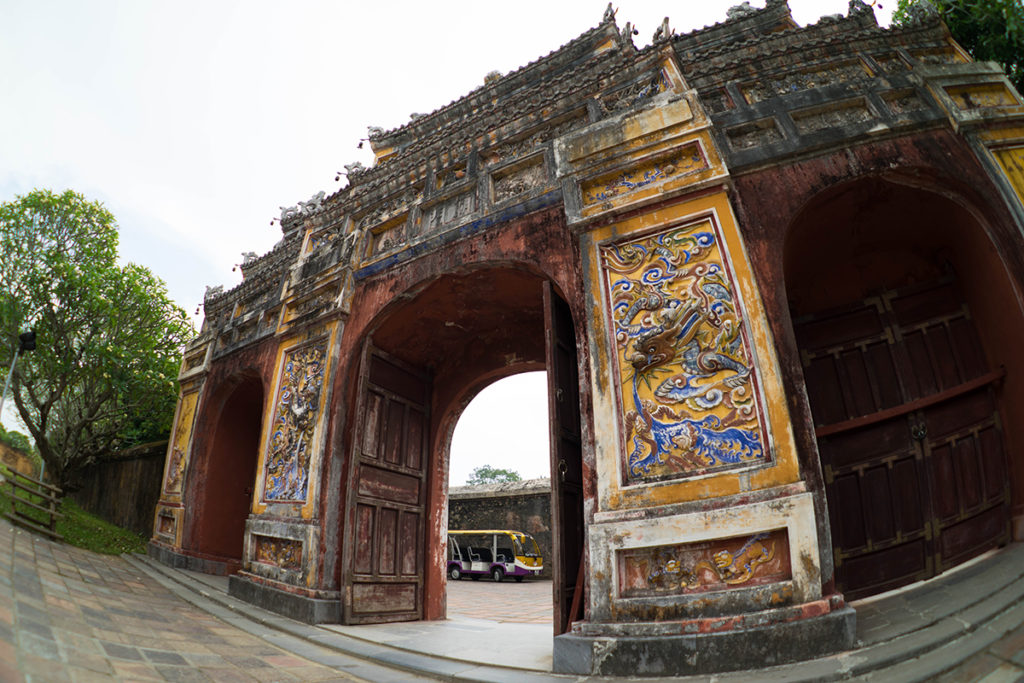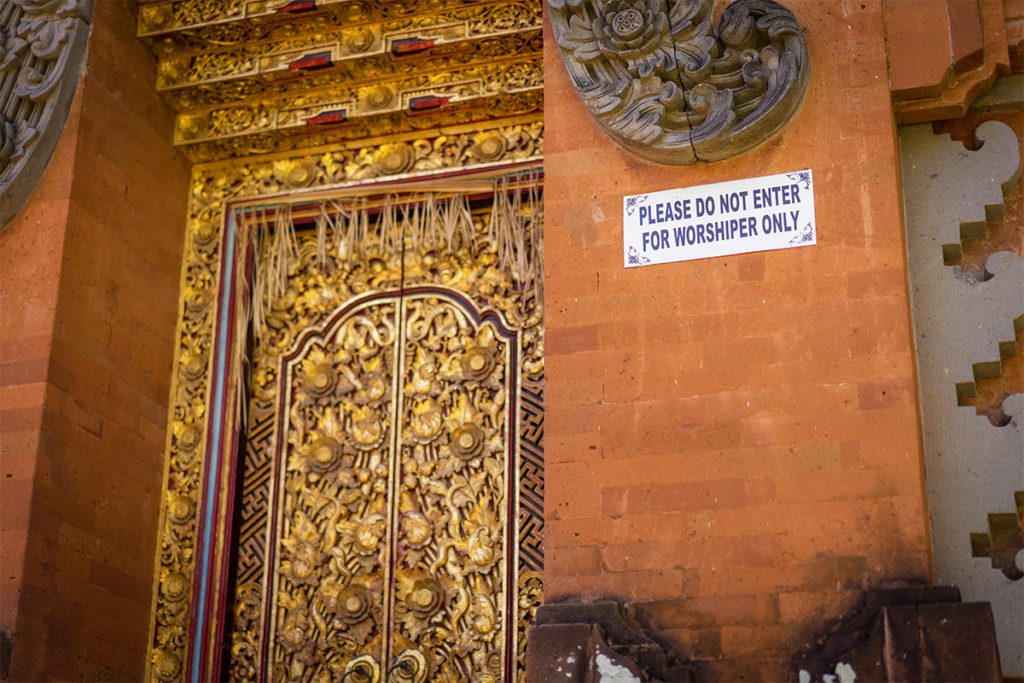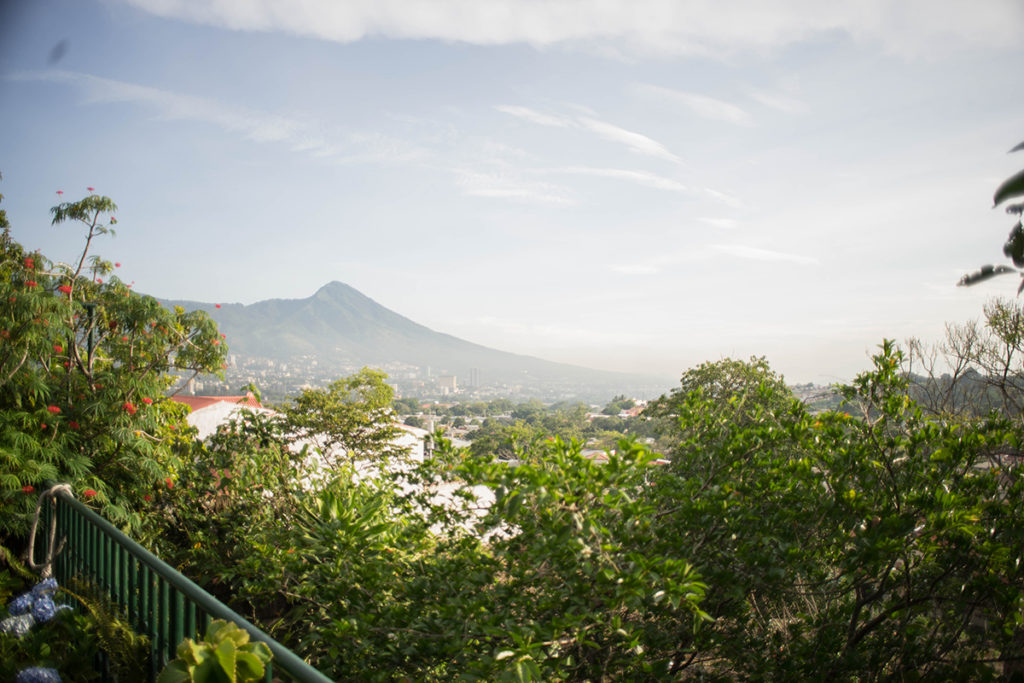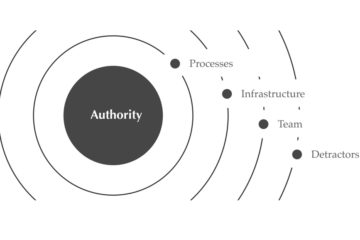Some argue that the divine quality of humans – the thing that sets us apart from mere animals – is our ability to process abstract thoughts and share them through abstract communication. To this end, one of the most important games we play with one another is the magic circle.
A magic circle is a physical and/or temporal space where a set of implicit rules are agreed upon by members of the circle. Within the circle, norms are established and followed, goals may be set, and an overall logic either emerges or is specified.
It is an idea that spreads across a lot of different disciplines. In theories of play and game, it is called the “game space,” in stories, it is usually the second act, but what it basically is is an area where the rules are different from the “real world.”
Football (Soccer) is a magic circle. Football really doens’t make sense rationally. In the game, you’re not allowed to touch the ball with your hands. Now, when you’re walking to the field, you can carry the ball of course, and when you’re going home, you’re free to pick it up. For a period of time, though, in a particular place with particular people, the arbitrary constraint has been imposed.
Not only is there an arbitrary constraint, but there is an arbitrary objective as well: you’re supposed to get the ball into the goal. This doesn’t make sense either! Its just a little piece of rubber that you’re supposed to put onto a different part of the grass. A whole bunch of people are (temporarily) obsessed with it happening, and a whole bunch of others are temporarily obsessed with it NOT happening (despite its utter meaningless, the people with you in the Magic Circle care about it immensely).
The Magic Circle is an agreement. It only exists in the minds of its participants. A reflection of this is, of course, that the participants have a shared will.
 Thresholds
Thresholds
It is hard to not see magic circles when you start looking for them. The easiest way to start is probably to travel in places that you don’t understand or talk to people from different cultural or religious backgrounds.
Magic circles are easiest to see in religion where they are often marked both temporally and spatially. In Jewish mythology, for example, the third commandment to Moses was to set aside one day out of every seven for the lord. During this day, life-as-normal was temporarily suspended to create a space for spiritual fulfillment. Marking this temporally made a lot of sense for a band of nomads wandering through the desert, and continues to make sense for a religion made of a people in constant diaspora (we can remember that the Jews originally had a sacred space until they pissed off the Romans in 70 CE who responded by leveling the structure and building a temple to Jupiter in its place).
Eastern religions have less holy days with less regularity, but elaborately crafted spatial magic circles. Most religions across the world have multi-layered holy spaces and those with seemingly arbitrary* rules governing admittance, dress, and conduct based on purity, gender, or personal faith.
*Arbitrary for those of us that aren’t experienced players of these games. Within the sometimes quite elaborate systems of logic these circles are built on, the rules tend to make sense.
Catholic churches mark the entrance to their physical spaces with a small pool of holy water. Upon entrance to the sacred space, followers enact a small purification ritual by dipping their fingers into the water and making the sign of a cross touching their forehead and heart. Buddhists enact a similar ritual using holy water to cleanse themselves before entering a temple area.
 Expression
Expression
El Salvador is one of the ugliest and most beautiful countries in the world – few places on earth can juxtapose life’s forces with the intensity required for philosophical thought.
The capital city of San Salvador is built in a valley, giving many of the houses an entrance of a military fortress and a backyard reminiscent of a tropical paradise. My own experiences have often been bookmarked by a bottle of duty-free Finlandia vodka – “Finlandia water” – several cans of club soda, and cheerful Spanglish conversations with the old man who owns the house. He is a cheerful man, and ever an optimist who reminisces about his days in Italy before belting out a few stanzas of his favorite operas. He has a rock collection which his wife seems largely unimpressed with, but she seems to let it go because, you know, old men.
The expression of cheerful old man, however, is contained within the tall concrete walls of this space. In a different circle, with a different role, there is another side of this man which presides over the darkest elements of humanity – for this man is a federal judge in one of the most violent countries in the world. The cases he hears often involve the massacres of entire villages by maras, or the trafficking, prostitution, and murder of children.
In a third role – in yet another circle – he is a professor of law for a future generation of the country’s legal and government workers.
As he returns home at the end of the day, however, he re-enters the circle where he scolds his son’s sloth because they sing opera again together and pour another glass of wine. His personality in this space, his role in this community or family – the Ethos, Logos, and Pathos which he represents, expresses, and habituates – are a reflection not only of him, but the circle he inhabits in the moment.
 Final Thoughts
Final Thoughts
I think I could argue that magic circles are humanity’s most profound accomplishment. We should seek to understand the circles we step into and our of day to day, and the temporal and spacial thresholds that separate them from the “real world.” We should seek to understand and articulate the Logos, Ethos, and Pathos they are built upon. We should recognize what membership in a circle means – how one is inducted into a circle, and what the privileges and responsibilities of that circle are. We should note the roles that people play within different circles, and how the personalities of a single person might vary as they pass from circle to circle. Finally, we should fight the urge to change aspects of a circle until we understand it and have been admitted as a member.





